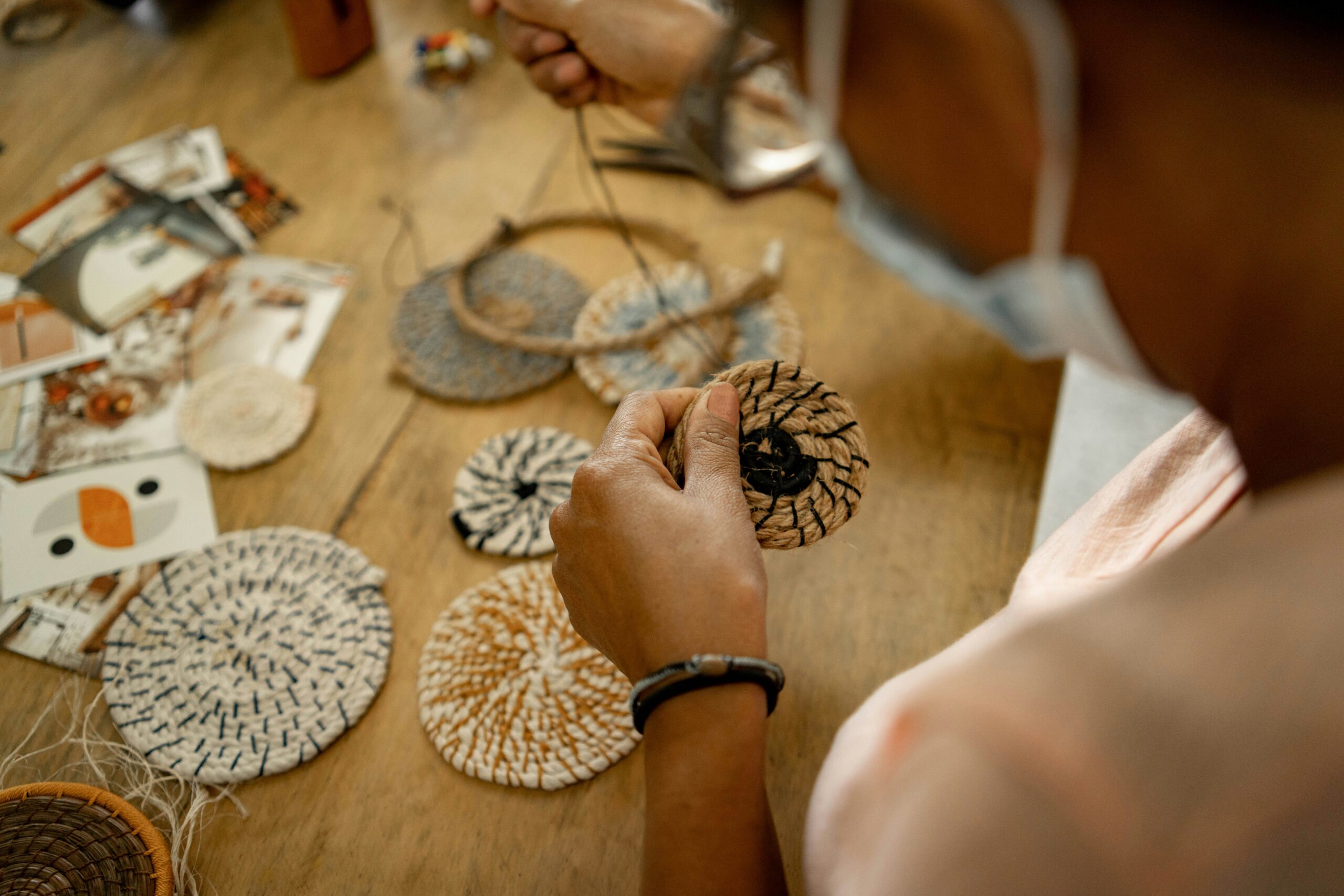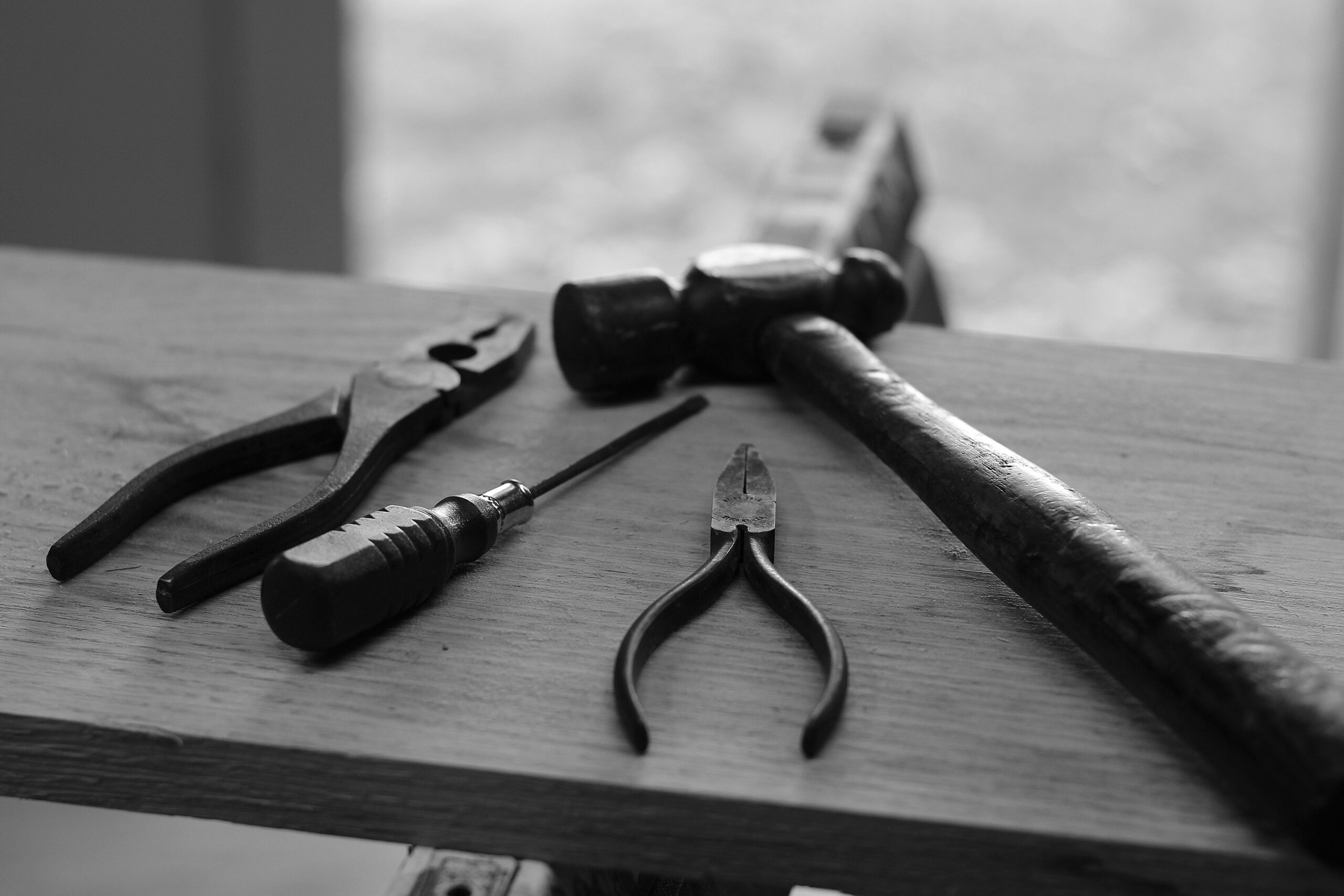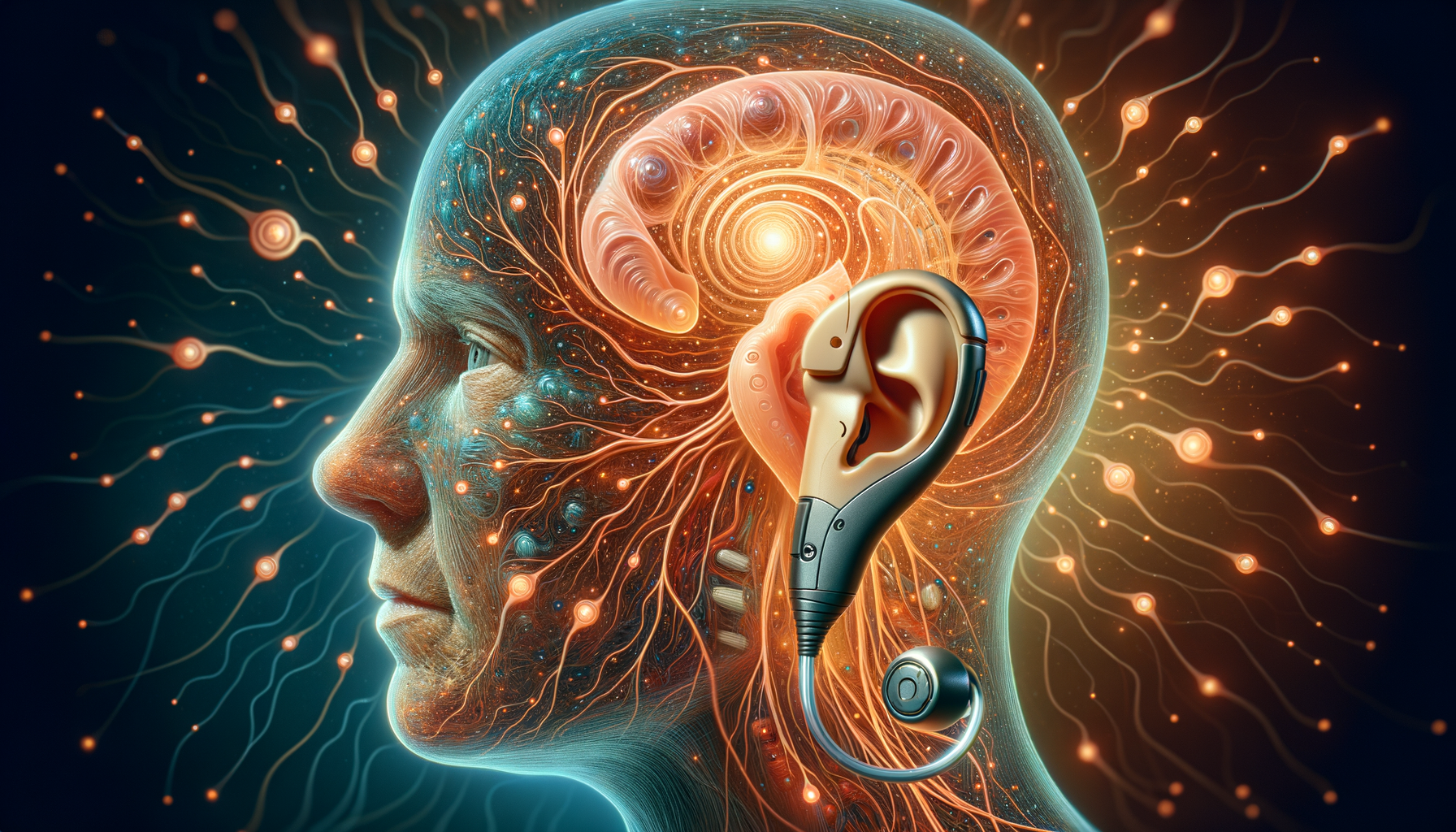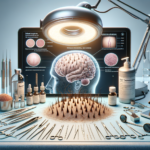The Evolution of Hearing Aids: A Technological Marvel
Hearing aids have come a long way since their inception. Early models were bulky and often ineffective, but today’s devices are sleek, efficient, and packed with advanced technology. The evolution of hearing aids can be attributed to numerous innovations in electronics and sound processing. Modern hearing aids are equipped with digital signal processing, which allows for the customization of sound to suit individual hearing loss patterns. This technology not only amplifies sound but also enhances speech clarity while reducing background noise.
Moreover, the introduction of wireless connectivity has transformed hearing aids into multifunctional devices. Users can now connect their hearing aids to smartphones and other devices, enabling them to stream music, take phone calls, and even receive notifications directly through their hearing aids. This seamless integration into daily life has made hearing aids more appealing and practical for users of all ages.
Another significant advancement is the miniaturization of components, which has led to the development of nearly invisible hearing aids. These discreet devices offer a comfortable fit and are less noticeable, addressing one of the major concerns of hearing aid users – visibility. As technology continues to advance, hearing aids are becoming more personalized, with features such as rechargeable batteries and moisture resistance, ensuring they meet the diverse needs of users.
Choosing the Right Hearing Aid: Factors to Consider
When it comes to selecting a hearing aid, several factors should be considered to ensure optimal performance and user satisfaction. First and foremost, the degree of hearing loss plays a crucial role in determining the appropriate type of hearing aid. Audiologists typically conduct comprehensive hearing tests to assess the extent of hearing impairment and recommend suitable devices.
Another important consideration is lifestyle. Active individuals may benefit from hearing aids with features such as wind noise reduction and water resistance, while those who frequently attend meetings or social gatherings might prioritize devices with advanced speech enhancement capabilities. Additionally, connectivity options are vital for users who rely on smartphones and other digital devices.
Budget is also a significant factor. While hearing aids can be a substantial investment, many options are available at different price points. It’s essential to weigh the features and benefits against the cost to make an informed decision. Some insurance plans may cover part of the cost of hearing aids, so it’s advisable to check with providers for available coverage.
Lastly, comfort and fit are paramount. Hearing aids should be fitted by a professional to ensure they are comfortable to wear for extended periods. Regular follow-ups with an audiologist can help fine-tune the device settings for the best possible hearing experience.
The Impact of Hearing Aids on Quality of Life
Hearing aids have a profound impact on the quality of life for individuals with hearing loss. By improving the ability to hear and understand speech, these devices enable users to engage more fully in social interactions, reducing feelings of isolation and depression. Enhanced communication can lead to better relationships with family, friends, and colleagues, fostering a sense of inclusion and belonging.
In addition to social benefits, hearing aids can also improve safety and awareness of the environment. Users are better able to hear alarms, traffic sounds, and other crucial auditory signals, which enhances personal safety. Furthermore, improved hearing can lead to increased confidence and independence, allowing individuals to participate in activities they may have previously avoided.
Studies have shown that hearing aids can also have positive effects on cognitive health. By stimulating the brain with sound, hearing aids may help slow cognitive decline associated with untreated hearing loss. This underscores the importance of addressing hearing impairment promptly and effectively.
Overall, hearing aids are not just devices for amplifying sound; they are tools that significantly enhance the quality of life, providing users with the ability to live more fulfilling and connected lives.








